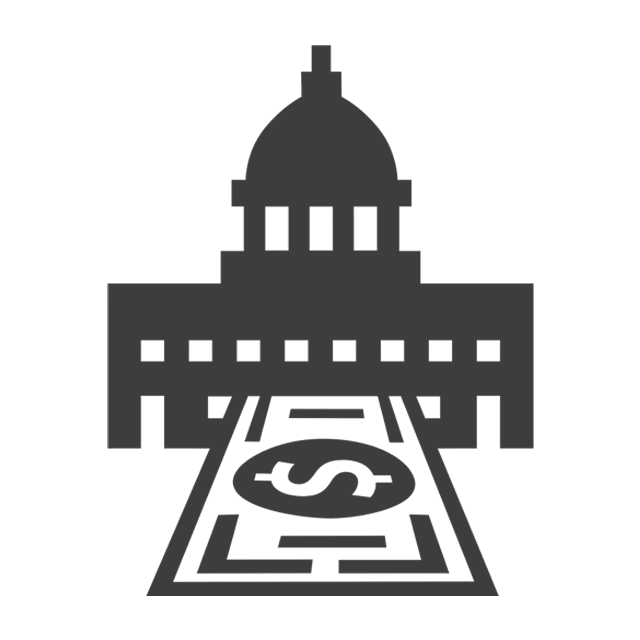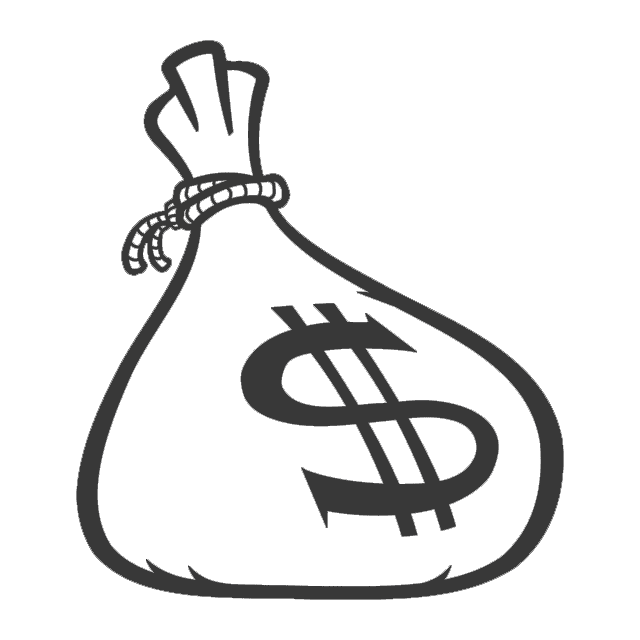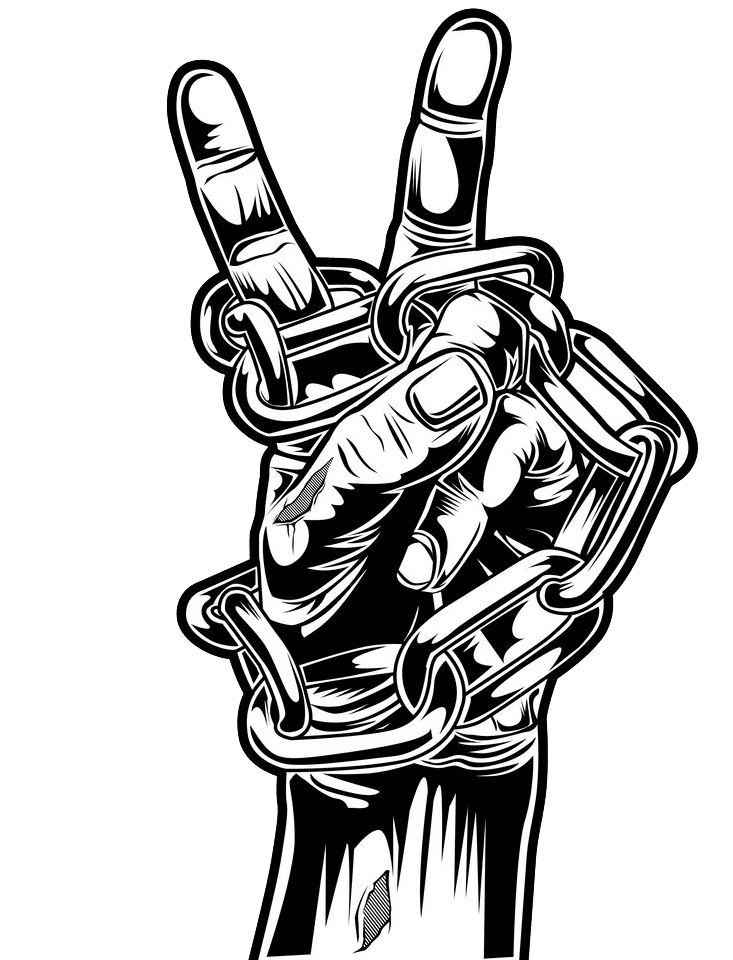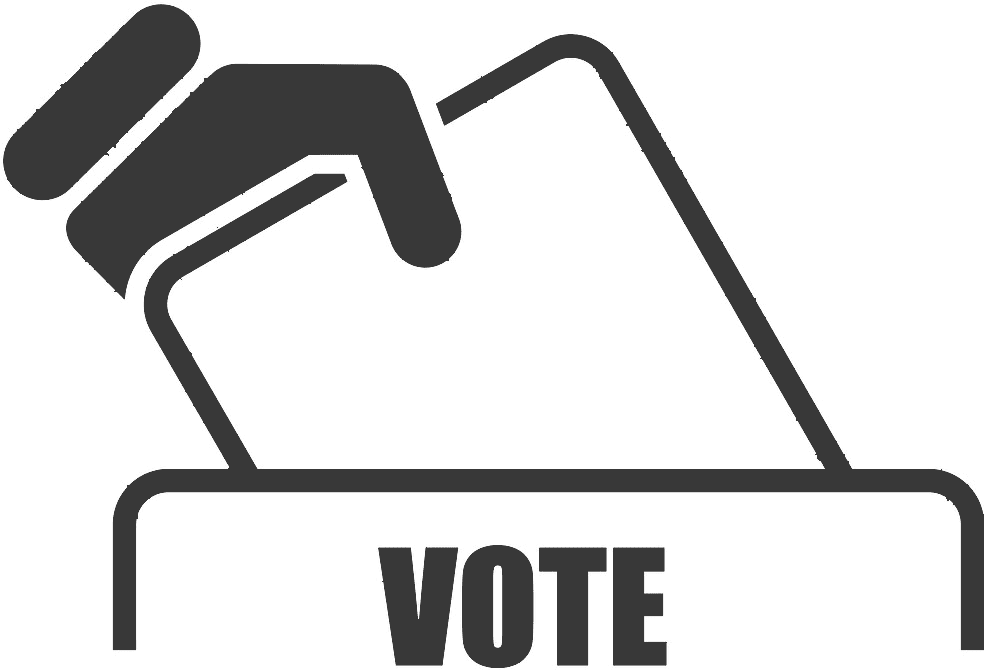New Poll Shows Libertarians Represent One-Fifth of Voters
This article was featured in our weekly newsletter, the Liberator Online. To receive it in your inbox, sign up here.
In August, The New York Times ran a piece proclaiming that the United States’ political landscape was in the in the midst of a “libertarian moment.” The narrative may have focused some on Sen. Rand Paul (R-Ky.) and his strong libertarian leanings, but the story told was much deeper and, perhaps, a sign of a generational shift in American politics.
Still, some view the “libertarian moment” as a blip on radar. Old narratives, such as the stale left-right political paradigm, are repeated on television and talk radio shows by the pundit class, who are ignorant to changing attitudes and growing discontent with increasingly irrelevant political institutions.
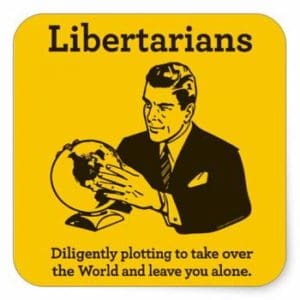
Over the last several years, polling firms have tried to make sense of the rise of libertarians. In 2006, David Boaz and David Kirby of the Cato Institute analyzed polling data and found that 9 percent to 14 percent of the voting public held libertarian views. These voters, the authors suggested, were fiercely independent, and frustrated by the growth of government under President George W. Bush.
Boaz and Kirby released follow-ups to their 2006 report in 2010 and 2012, with occasional analyses of polling data mixed in between. Kirby and Emily Ekins of the Reason Foundation also released a thoughtful look at the roots of the Tea Party movement in 2012, finding a strong libertarian streak.
Although there is no looming libertarian takeover of the United States, subscribers to the philosophy find themselves gaining more influence, according to a recently released Reuters survey. In particular, the data show millennials – those between the ages of 18 and 29 – more likely to label themselves as libertarians.
“One in five Americans consider themselves libertarian, with younger adults being the most likely to adopt the label,” Reuters noted. “Among adults aged 18 to 29, 32 percent consider themselves libertarian. Just 12 percent of Americans age 60 or older consider themselves libertarian.”
Surprisingly, 22 percent of self-identified libertarians are Democrats to only 19 percent are Republicans, while 25 percent are politically independent.
It may be too early to draw any conclusions about what the data suggest, but it’s becoming clear that libertarians are becoming a subset of the body politic that is difficult for the political class to ignore. Those who do may be doing so at their own peril.
For libertarians, it’s crucial not to misread this growing trend. Influencing policy debates through responsible activism and well-messaged education are the best courses of action, at least for now.



